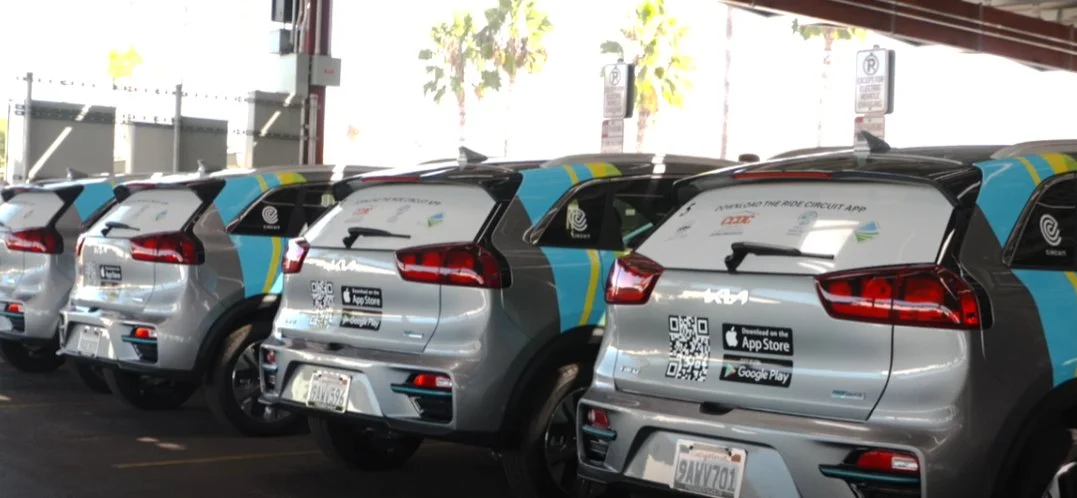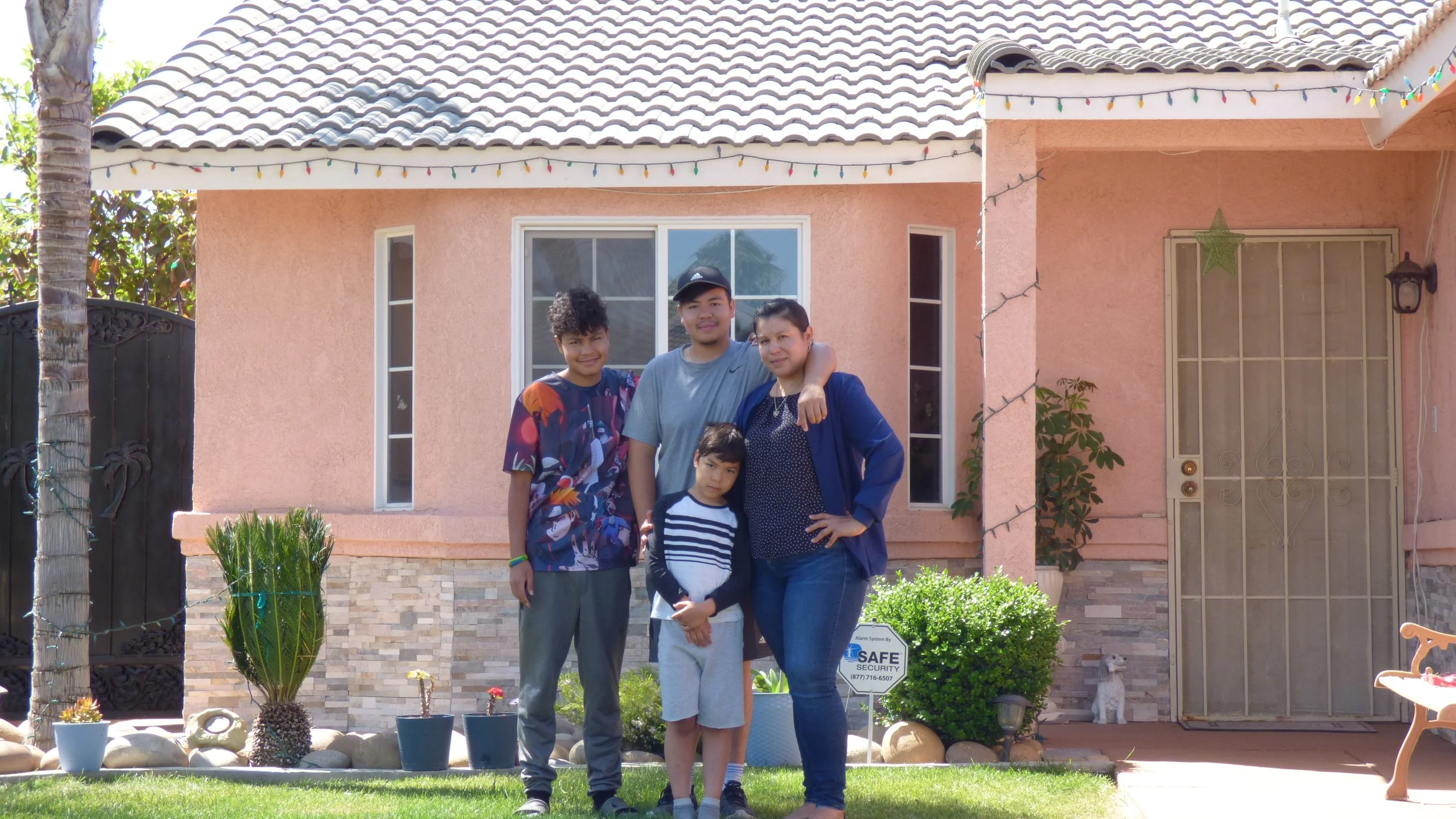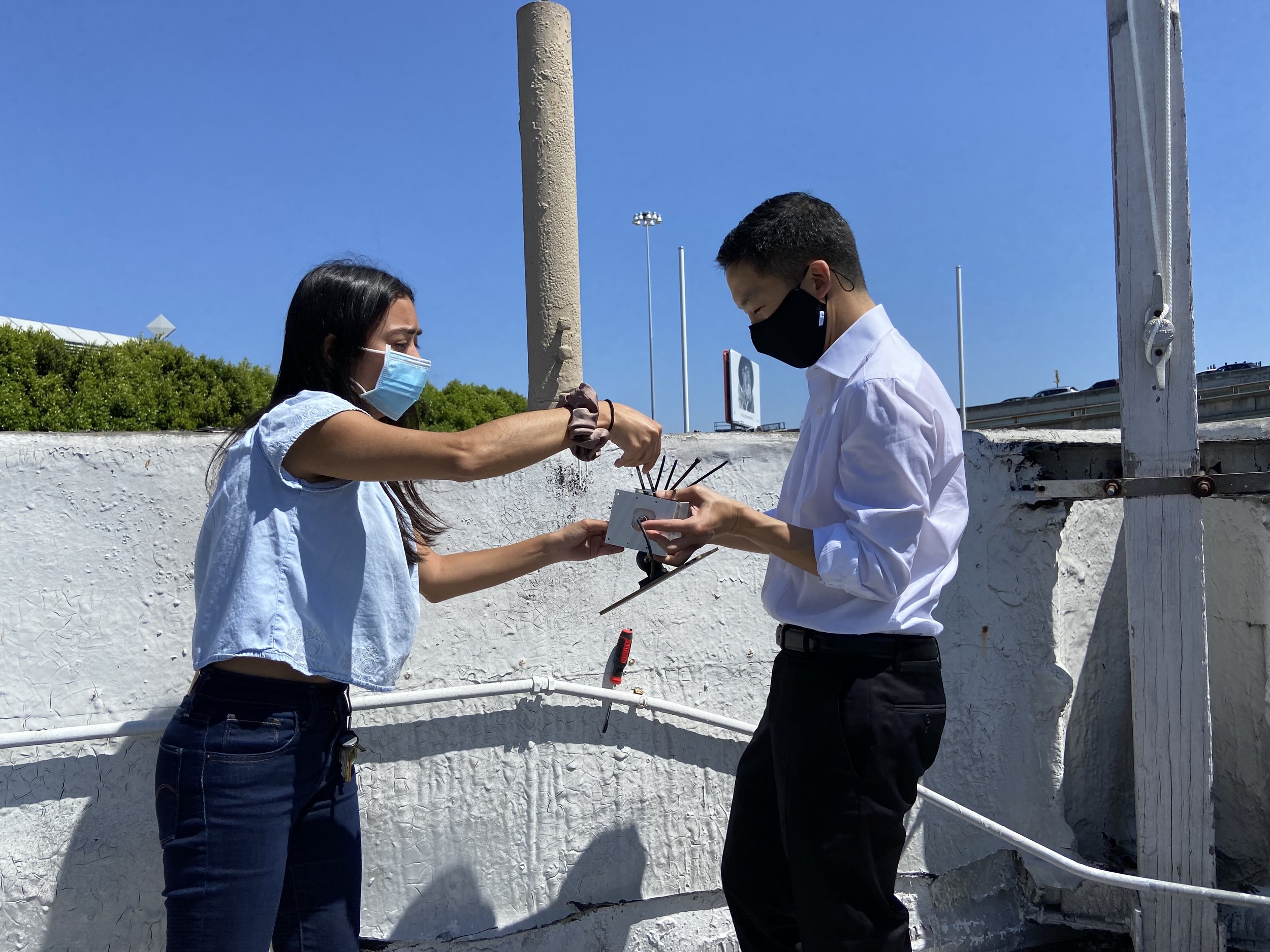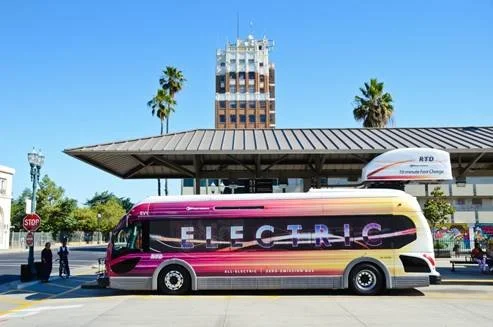Some Californians live in areas that are exposed to multiple sources of pollution and some communities don’t have enough resources to invest in low-carbon practices, transportation, or climate resilience. These communities will be the first impacted and the hardest hit by the effects of climate change. Recognizing this, the Legislature requires that at least 35% of all California Climate Investments benefit priority populations.
How Priority Populations are Defined
Per Senate Bill 535 and Assembly Bill 1550, 35% California Climate Investments must be allocated to disadvantaged Communities, low-income communities and low-Income households, collectively referred to as priority populations. These communities are defined as follows:
Disadvantaged communities: The California Environmental Protection Agency (CalEPA) is responsible for identifying disadvantaged communities. In 2022, CalEPA released an updated designation of disadvantaged communities and currently defines disadvantaged communities as:
The top 25% of census tracts experiencing disproportionate amounts of pollution, environmental degradation, and socioeconomic and public health conditions according to the Office of Environmental Health Hazard Assessment’s CalEnviroScreen 4.0 tool.
Census tracts lacking overall scores in CalEnviroScreen 4.0 due to data gaps but receiving the highest 5% of CalEnviroScreen 4.0 Pollution Burden composite scores;
Census tracts identified in 2017 as disadvantaged, regardless of their scores in CalEnviroScreen 4.0; and
Lands under the control of federally recognized Tribes.
Low-Income communities and households are those with incomes either at or below 80% of the statewide median or below a threshold designated as low-income by the Department of Housing and Community Development.
Learn more
Learn how to identify priority populations and access resources to help deliver benefits and advance equity and environmental justice.
California Air Resources Board
This map shows disadvantaged communities and low-income communities as defined for California Climate Investments. To see if a particular location is within a disadvantaged community or low-income community, either navigate to the desired location on the map, search for the location by address, or enter a 10 digit census tract number in the search bar. Layers can be adjusted using the layer tool. Census tracts that are both disadvantaged and low-income blend to a color not represented in the legend if overlapping.
How California Climate Investments Benefit Priority Populations
As of November 2024, 73%, or $9.2 billion+, of implemented California Climate Investments project funding is benefiting priority populations, greatly exceeding statutory requirements. These investments are providing a variety of benefits including cleaner air, increased mobility options, greener communities, expanded access to clean energy, and new employment opportunities.
High‑Speed Rail expenditures are not included in these calculations. The Economic Investment - California High-Speed Rail highlights how cumulative funds implemented by the California High-Speed Rail Authority occurred in designated disadvantaged communities throughout California, spurring economic activity in these areas.
For detailed information about the share of funds benefiting priority populations under Senate Bill 535 and Assembly Bill 1550, view the Annual Report to the Legislature on California Climate Investments Using Cap‑and‑Trade Auction Proceeds.

Investments in Action: Projects Providing Benefits to Priority Populations
Equity and environmental justice issues are core to California Climate Investments. There are many examples of projects funded by California Climate Investments that elevate community priorities and leadership to identify needs and develop solutions. Select from the featured project profiles below to see a few of the many examples of the benefits California Climate Investments provide to priority populations.

































